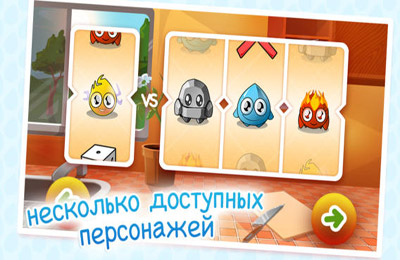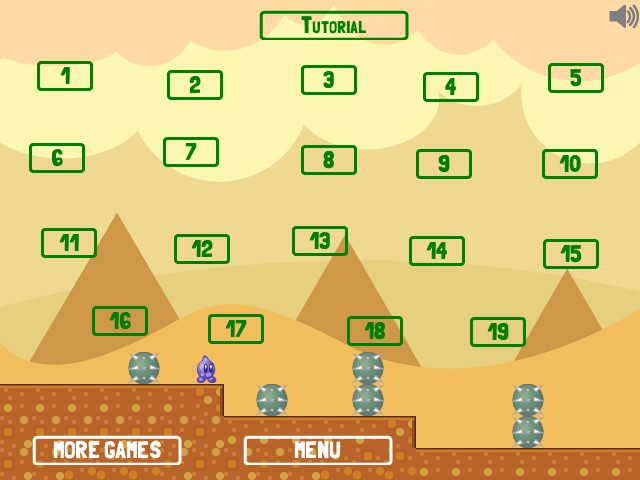

The character first appeared, nameless, in Avery's 1943 cartoon Dumb-Hounded. Essentially the polar opposite of Avery's other famous MGM character, the loud and wacky Screwy Squirrel, Droopy moved slowly and lethargically, spoke in a jowly monotone, and, though hardly an imposing character, was shrewd enough to outwit his enemies and, when finally roused to anger, capable of beating adversaries twice his size with a comical thrashing. He was created by Tex Avery, for theatrical cartoon shorts produced by the Metro-Goldwyn-Mayer cartoon studio, in 1943. If the student doesn't finish, then go to another stage and then return to the stage later with a different student volunteering.Droopy is an American animated cartoon character, an anthropomorphic dog with a droopy face, hence the Setting a time limit (1 minute) to finish each stage is usually a good idea. Youy can either ask the learners to take turns to play each stage and get the others to help them by giving advice, or yu can play the game and ask the learners to tell you what to do.

Possible answer: Droppy has caught a fish.
Droppy games tv#

Possible answer: Droppy has made a hat from the cactus to protect him from the sun.Let's have a look at these now, and you can tell me what's happened in each of the stages. This gets the learners using different language and also shows them the solution to each stage of the game. I then ask the learners to tell me what has happened, from the first image to the last one. The second stage in the activity is to show another five images, showing the solution to each of the five stages previously shown.Now, turn to the people next to you and describe as best you can the 5 images Afterwards, I'll ask one of you to describe them as best as you can to me.Let's try the activity out so you cn see how it works. I have seen my teenage learners during this activity really work very hard trying to speak at the very limits of their ability. This way, the learners are encouraged to really work hard and to say as best as they can, with as much desciptive language as possible. I'll then ask if anyone else can improve on this, and so it continues.

Rather than add information, I ask the learner to give a 'better' description – this way they have to say as much as they can about the image. Then I ask if anyone can improve on this initial description. I use 'Graham Euros' in this class to motivate the learners, and so I give the learner who first volunteers some of these when they have finished. Then I ask a volunteer to tell me what they remember of the first image. They can then compare these notes with a partner. After they have done this, then they have to write (and/or draw, as one of my students did) what they can remember of each image. I tell the learners I am going to show them 5 images and ask them just to observe and remember as much about each image as they can. Droppy is an online game that has ten short stages, each of which involve solving a puzzle to help Droppy (the character) solve a problem How I play this in class, using the IWB, is by first showing the learners a number of the screenshot images taken from the inital stages of the game. Now, I'd like to turn to a different kind of activitiy, which exploits a computer game called Droppy.Two more ways of using this online game in the language classroom Droppy: Promoting Speaking with an Online Game


 0 kommentar(er)
0 kommentar(er)
